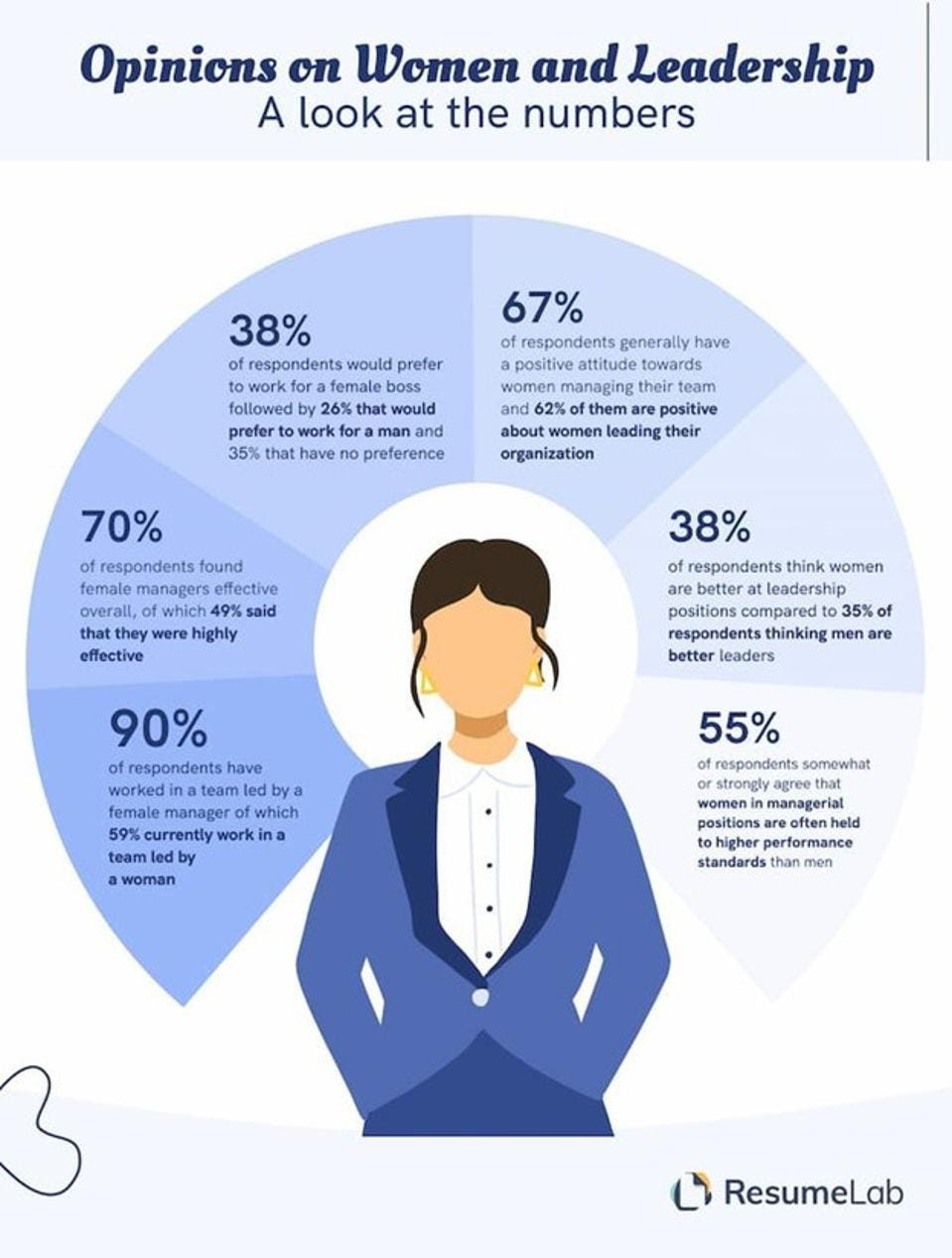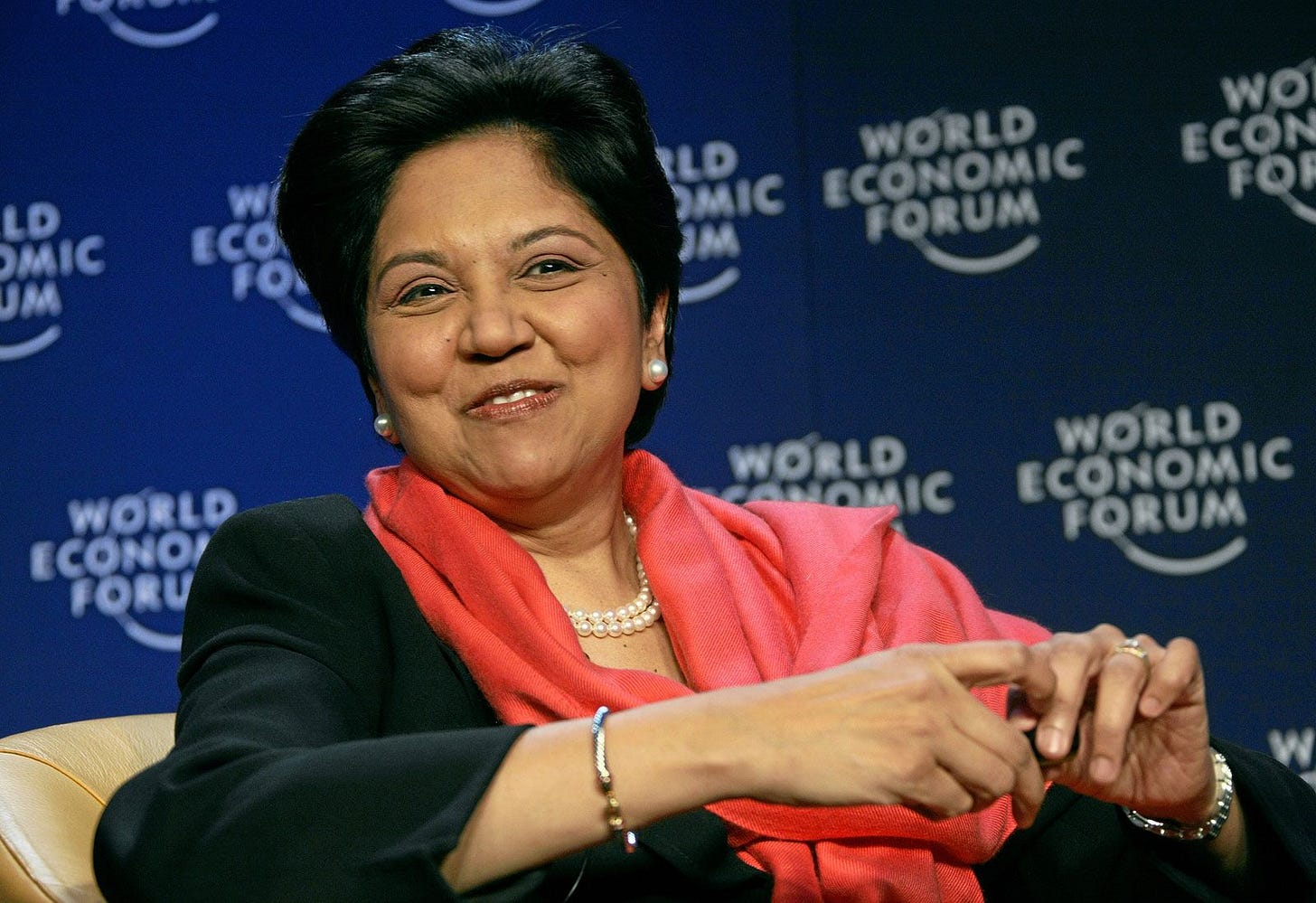Do Female Leaders Have to Prove More?
The Reality of Leadership and Gender
According to McKinsey & Company’s 2023 Women in the Workplace report, women held only 28% of C-suite positions in the United States, despite representing nearly 50% of the workforce.
While progress has been made, the percentage remains far below parity. The World Economic Forum’s Global Gender Gap Report further indicates that, at the current pace, gender equality in leadership roles will not be reached for another 130 years.
The underrepresentation of women in executive positions stems from a combination of structural, cultural, and personal factors, which create significant barriers to advancement.
1. Structural and Systemic Barriers
The "Glass Ceiling"
An invisible barrier that prevents women from reaching the highest levels of leadership, often due to unconscious bias, organizational culture, and lack of mentorship opportunities.
The "Glass Cliff"
Women are more likely to be appointed to leadership roles during times of crisis, where the risk of failure is higher. When they struggle in these precarious positions, it reinforces the bias that they are less suited for top leadership roles.
Pay Gaps and Unequal Advancement Opportunities
Studies show that women continue to earn less than men for the same work. In 2023, women in the U.S. earned 82 cents for every dollar earned by men.
Additionally, the Harvard Business Review found that women receive less frequent promotions despite equal or superior performance.
2. Cultural and Societal Norms
Leadership Stereotypes
Traits such as assertiveness, decisiveness, and competitiveness are traditionally associated with men. When women display the same traits, they are often perceived as aggressive or lacking empathy, reinforcing stereotypes that discourage female leadership.
Undermining Authority
Women’s ideas are often discredited or overlooked, requiring them to work harder for the same level of recognition as male colleagues. Research from Lean In and McKinsey found that women are interrupted 33% more often than men in meetings.
Unequal Expectations
Women are still expected to prioritize family responsibilities over career ambitions, limiting their availability for high-demand leadership roles.
3. Family Responsibilities and Work-Life Balance
Greater Caregiving Expectations
Despite progress in gender equality, women still take on the majority of caregiving responsibilities, which can limit their career opportunities.
Companies often perceive mothers as less committed employees, a bias known as the "motherhood penalty."
Rigid Work Structures
Many leadership roles demand long hours and constant availability, making it difficult for women to balance career advancement with personal life.
The "Motherhood Penalty"
Research from the Pew Research Center shows that working mothers are significantly more likely to experience career stagnation compared to fathers, who are often perceived as more responsible and career-driven after having children.
4. Lack of Role Models and Mentorship
Few Female Role Models
With fewer women in senior leadership, young professionals have limited access to female mentors who can guide them in their careers.
Networking and Access to Opportunities
High-level leadership roles are often accessed through exclusive networks and informal relationships, which are traditionally male-dominated.
5. Internal Barriers and Psychological Factors
Imposter Syndrome
Many women struggle with self-doubt and feel they need to overperform to justify their leadership roles.
Lower Propensity for Self-Promotion
Research by Harvard Business School found that women are less likely to negotiate salaries and promotions compared to men, often due to concerns about backlash or being perceived as too assertive.
How do you like the content of the article? Be sure to share your impressions and key takeaways in the comments. 💛 🖤
The Truth About Leadership Differences
A growing body of research confirms the importance of diverse leadership styles. Studies show that women frequently excel in leadership roles, but they must consistently meet higher standards to be perceived as equally competent.
ResumeLab (2021) Findings
67% of employees have a positive attitude toward female managers.
55% believe women are held to higher performance standards than men.
70% of employees found female managers to be effective leaders.
Yet, 35% still believe men make better leaders.
Neuroscience and Leadership: How the Brain Shapes Leadership Styles
Neuroscientific research suggests that biological differences in brain function influence leadership approaches.
Women generally have stronger inter-hemispheric connectivity (Ingalhalikar et al., 2014), allowing them to integrate analytical and emotional intelligence, leading to holistic thinking, empathy, and long-term vision.
Men have more intra-hemispheric connectivity, supporting quick decision-making and goal-oriented strategies.
Why Balanced Leadership Matters
These differences do not imply that one leadership style is superior but rather highlight that the most successful organizations leverage both approaches. Transformational leadership, more common among women, fosters long-term engagement and vision, while transactional leadership, often seen in men, provides structure and short-term efficiency.
When women adopt traditionally "masculine" leadership styles to fit in, they risk losing the strengths of empathy, creativity, and holistic decision-making (University of Montreal, 2015).
Companies that embrace balanced leadership—a mix of analytical and people-focused approaches—achieve higher innovation, resilience, and sustainable growth.
Success Stories: The Power of Female Leadership
Indra Nooyi, former CEO of PepsiCo, led with a mix of strategic vision and empathy, resulting in an 80% revenue increase and a global model for sustainable leadership.
Breaking Barriers: Steps Toward Greater Gender Diversity in Leadership
Despite slow progress, recent years have seen significant improvements:
Female entrepreneurship has risen by 41%, showing a growing trend in business leadership.
The number of female CEOs in the Russell 3000 index increased from 6.8% to 9%, reflecting gradual diversity improvements.
How to Close the Leadership Gender Gap
Mentorship and Sponsorship – Providing strong female mentors and sponsors to guide women’s career development.
Flexible Work Models – Promoting work-life integration through hybrid schedules and parental leave policies.
Changing Leadership Culture – Recognizing empathy and collaboration as essential leadership qualities.
Addressing Unconscious Bias – Implementing bias training and objective hiring processes.
Final Words
While the path to gender-balanced leadership is still evolving, progress is visible. The real question is no longer "Are women suited for leadership?" but rather "How can organizations create environments where women have equal opportunities to lead?"
The future belongs to teams that blend logic with emotional intelligence, short-term strategy with long-term vision, and masculine and feminine leadership strengths. Ignoring the natural leadership abilities of women risks losing innovation, engagement, and long-term success.
Diverse leadership is not just about fairness—it’s a strategic advantage.




